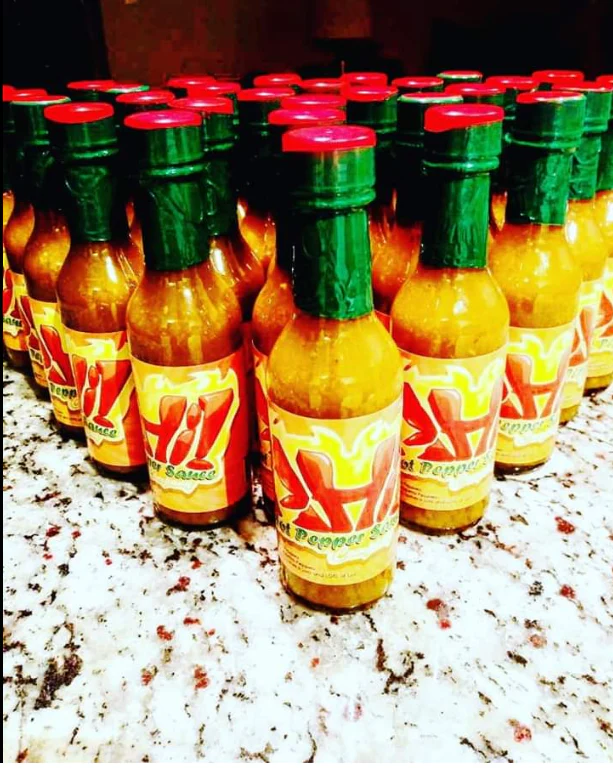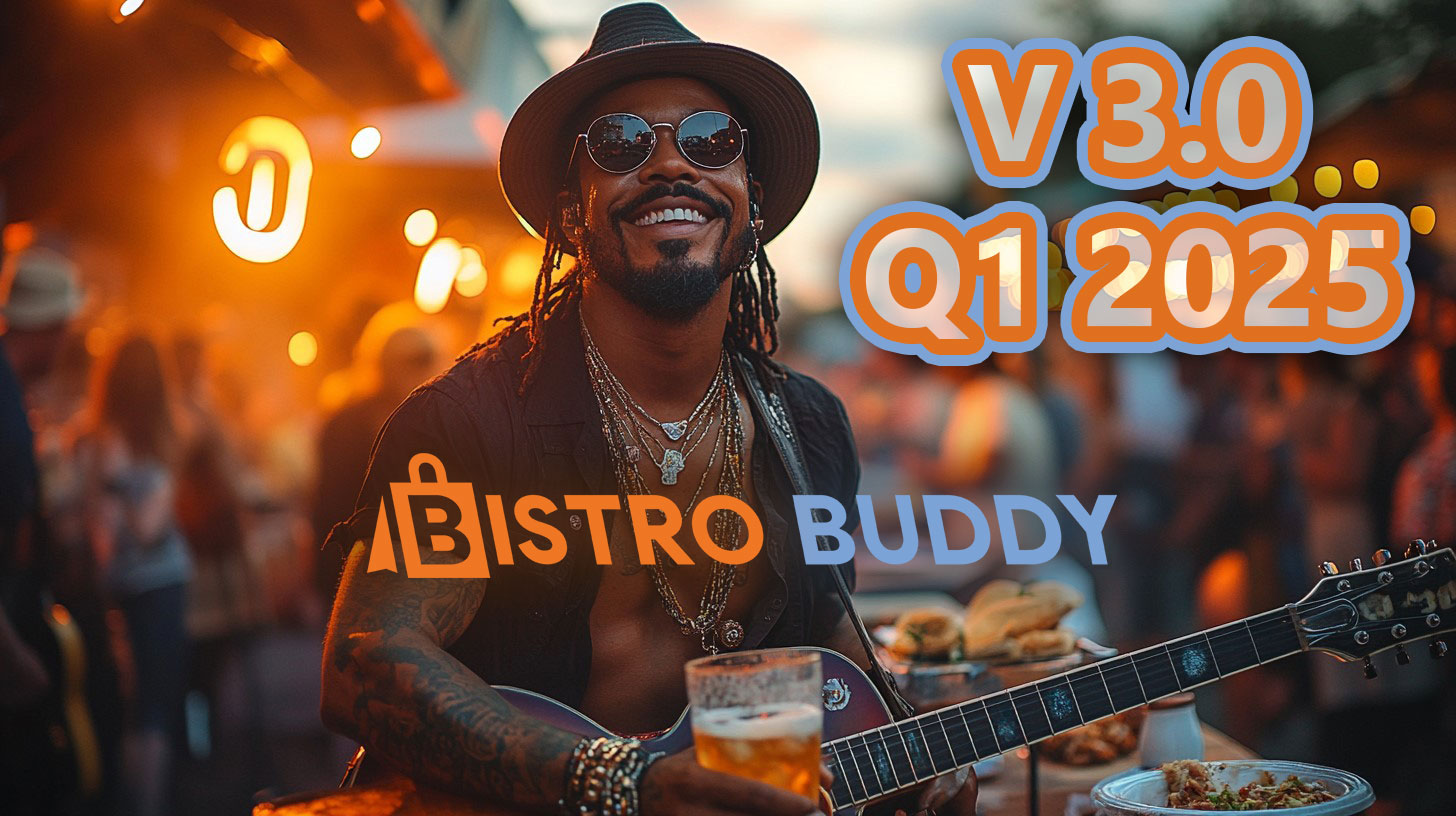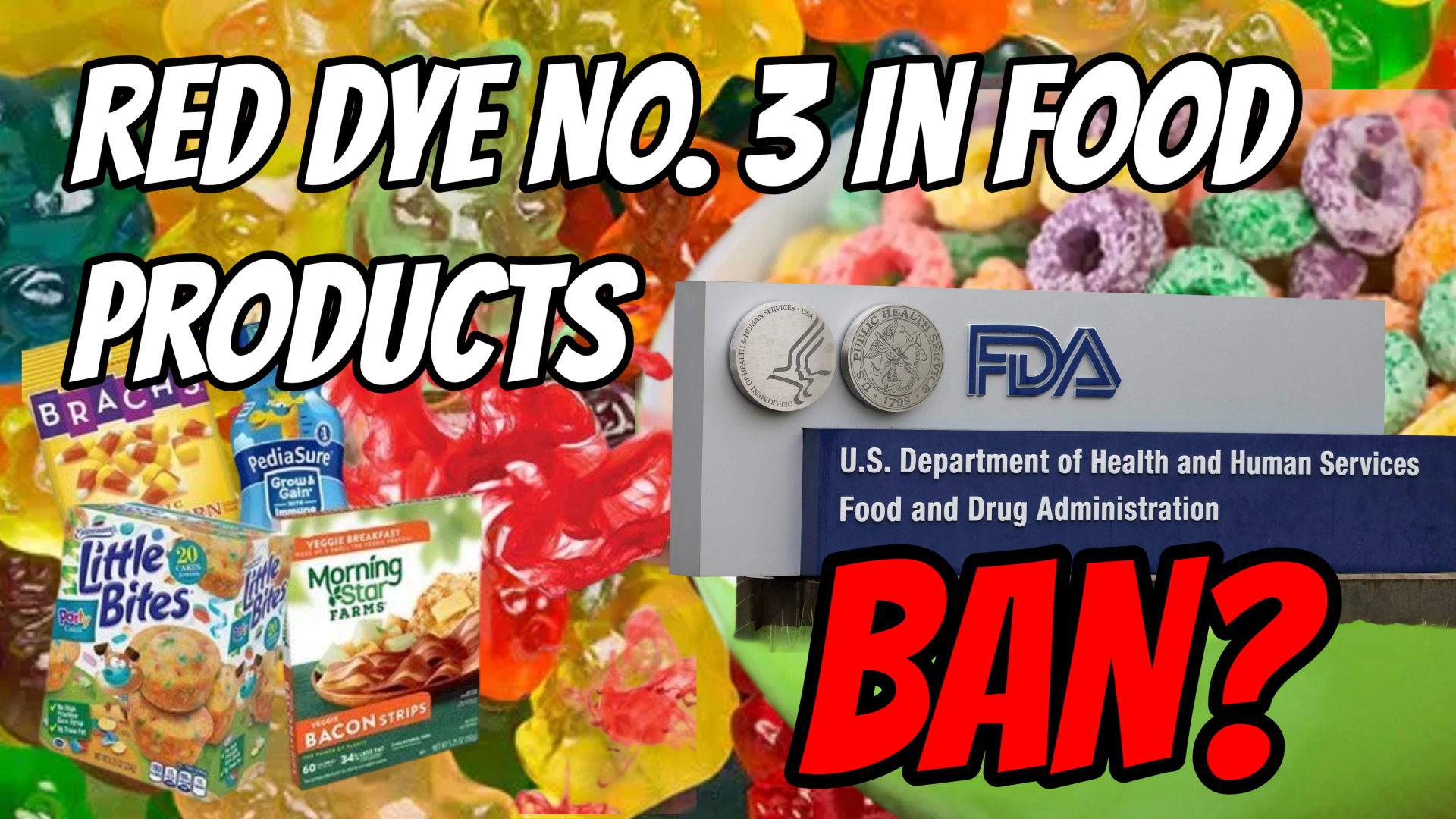In the face of a global pandemic, Connecticut's alcoholic hospitality sector has proven resilient, adapting to new consumer trends and regulations. One of the most notable shifts has been the introduction of to-go cocktails, initially a temporary measure, now made permanent by a new state law. This unprecedented move marks Connecticut as the 22nd state to enable this alcoholic service permanently, paving the way for a new era in the industry.
II. Background: The Evolution of Alcoholic To-Go Cocktails
Initially introduced as a means to boost revenue for restaurants and bars during lockdown restrictions,
to-go alcoholic cocktails quickly gained popularity among consumers. With the expiration date for this provision initially set for June 2024, businesses can now breathe a sigh of relief knowing this income source is here to stay.
III. Understanding the New Law: To-Go Alcoholic Cocktails and Mandatory Food Orders
As per the new law, any alcoholic beverage to-go must be in a sealed container and accompanied by a food order. This rule is designed to promote responsible consumption of alcoholic beverages while supporting the broader hospitality sector. However, businesses are not expected to promote this service to customers who have been consuming alcohol on their premises for extended periods.
IV. Public Perception: Embracing a New Norm in the Alcoholic Hospitality Sector
Public reception of the new regulation has been largely positive. For many, the ability to pick up an alcoholic cocktail with their food order after a long day at work is seen as a significant convenience. Equally important is the sentiment that this provision promotes safer drinking habits by encouraging individuals to enjoy their alcoholic drinks at home rather than consuming in excess on premises.
V. A Safety-First Approach: ID Verification and Monitoring for Alcoholic To-Go Beverages
As part of this new service, restaurants and bars must ensure rigorous adherence to safety protocols for alcoholic beverages. A valid ID is required for anyone picking up to-go cocktails, and staff are trained to deny service to customers showing signs of excessive alcohol consumption.
VI. Business Implementation: Embracing the Alcoholic To-Go Cocktail Trend
With the law now in effect, businesses across the state are incorporating this alcoholic service into their operations. This move requires strategic adjustments in business models, from menu design to delivery partnerships. In particular, businesses are focusing on ways to create a seamless and efficient delivery experience for alcoholic to-go beverages.
VII. Benefits of the New Law: An Alcoholic Industry Perspective
The new law has brought tangible benefits to the alcoholic restaurant industry. By offering a new revenue stream, it has provided a much-needed boost to businesses that struggled during the pandemic. Furthermore, it allows restaurants to cater to evolving consumer preferences, offering a more diverse range of alcoholic services to their clientele.
VIII. Emerging Trends in the Alcoholic Industry: The Rise of Online Platforms
One significant trend catalyzed by the new law is the growth of online platforms offering directories of businesses offering to-go alcoholic cocktails. BISTRO BUDDY, for example, has added a dedicated category and interactive map showing all participating establishments. These digital resources have proven invaluable to consumers, businesses, and delivery services alike, streamlining the process of ordering to-go alcoholic beverages.
IX. Looking Ahead at the Alcoholic Industry
As we move forward, it's clear that to-go alcoholic cocktails are more than just a pandemic-era novelty. They are a testament to the industry's resilience.
















